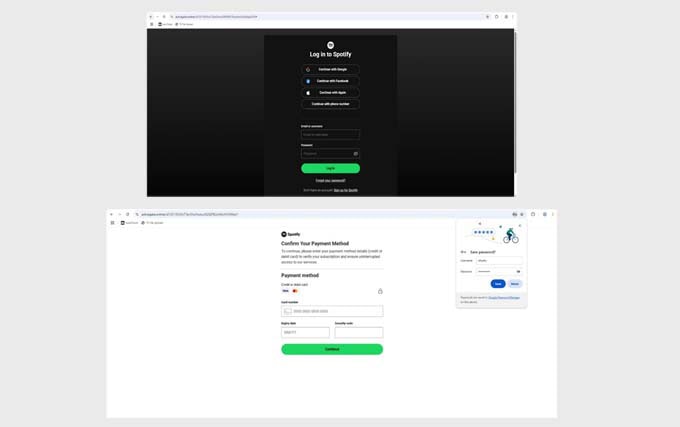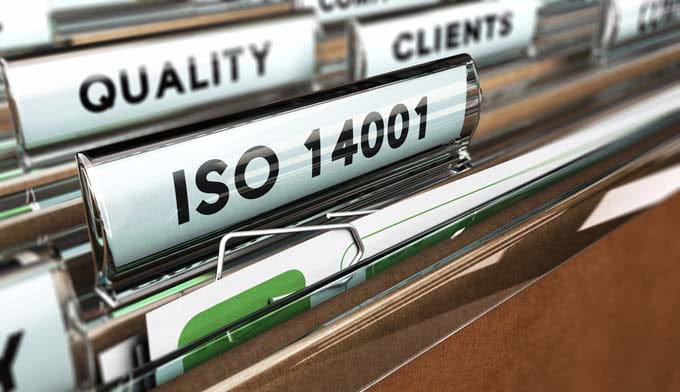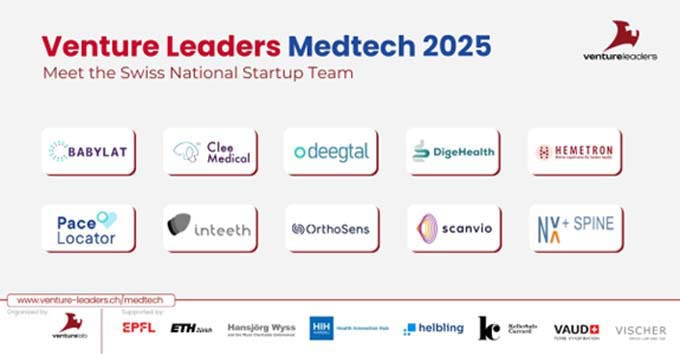Rodolphe Eurin appointed new CEO of Schulthess Klinik
Rodolphe Eurin will become the new CEO and Director of Schulthess Klinik and the Wilhelm Schulthess Foundation on November 1, 2025. He succeeds Andrea Rytz. Schulthess Klinik is one of the leading orthopaedic clinics in Europe with around 1200 employees.

Rodolphe Eurin, born in 1975, completed his studies in physics (BSc.) and as an operations and production engineer (MSc.) at the Swiss Federal Institute of Technology in Zurich (ETHZ) and holds an MBA from IMD in Lausanne. Rodolphe Eurin has extensive experience in the healthcare sector. He worked in the pharmaceutical industry for F. Hoffmann-La Roche and later in medical technology for Medtronic as part of the EMEA management team of the spine surgery business unit before moving into the world of hospitals and healthcare. Rodolphe Eurin was COO of a group of private clinics before becoming CEO of Hôpital de La Tour in Geneva in 2018, a position he held until the end of 2024. Since the beginning of 2025, he has been an independent Board member and consultant. He is passionate about patient-centric care and optimizing medical outcomes as differentiating factors for the future of healthcare institutions.
The Chairman of the Board of Trustees of the Wilhelm Schulthess Foundation, Peter E. Bodmer, says: "I am convinced that with Rudolphe Eurin, a proven expert will lead Schulthess Klinik successfully into the future. I would like to thank the outgoing CEO Andrea Rytz for her outstanding services to Schulthess Klinik and the Wilhelm Schulthess Foundation. She is handing over to her successor a successful company with an excellent national and international reputation." And Rodolphe Eurin says: "I am looking forward to shaping the future of Schulthess Klinik together with the management, medical staff and all employees. The clear focus on outcome research and the resulting outstanding results are key success factors for a healthcare institution and have long inspired my admiration for Schulthess Klinik. It is a great honor to lead an institution that enables patients to regain the best possible quality of life, while at the same time being committed to education and research for medical excellence in orthopaedics and thus also contributing to the sustainability of the healthcare system."
Source: Schulthess Clinic

















